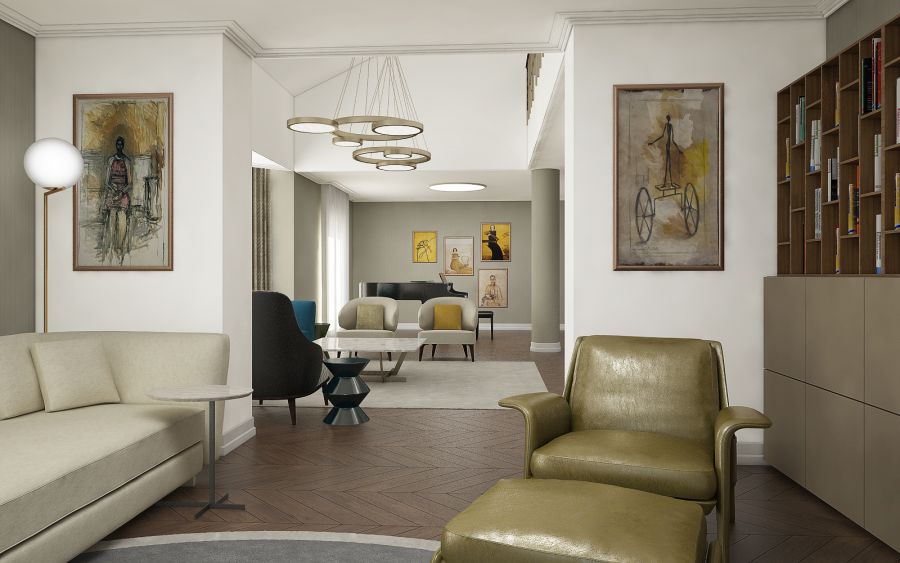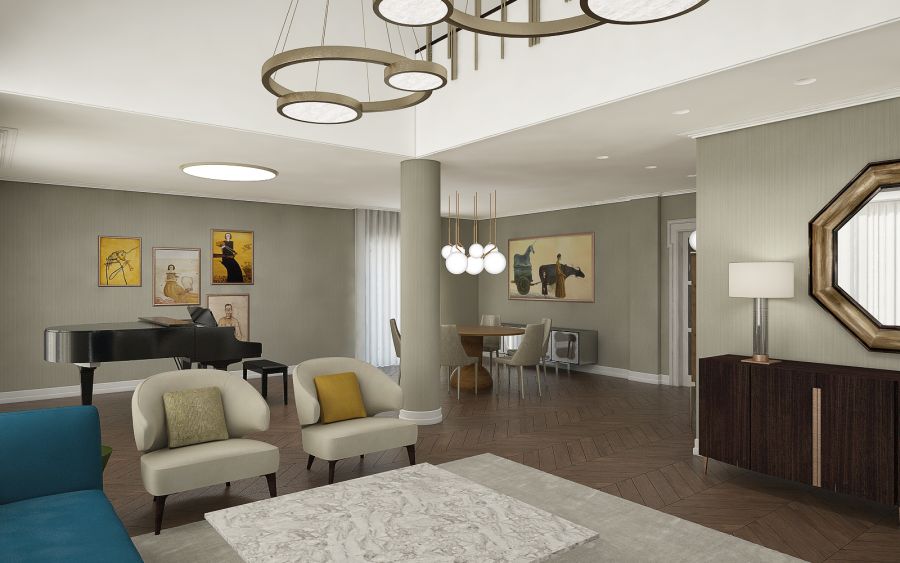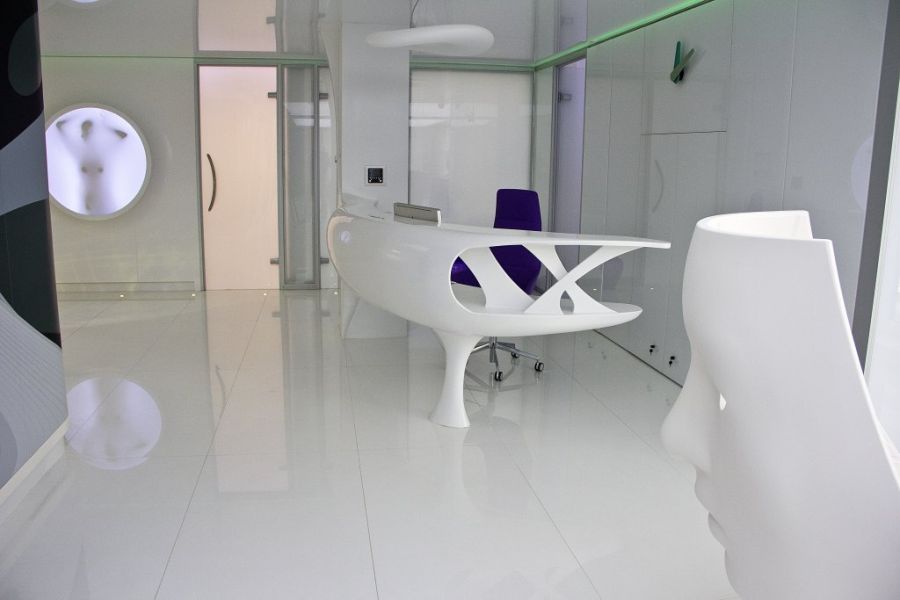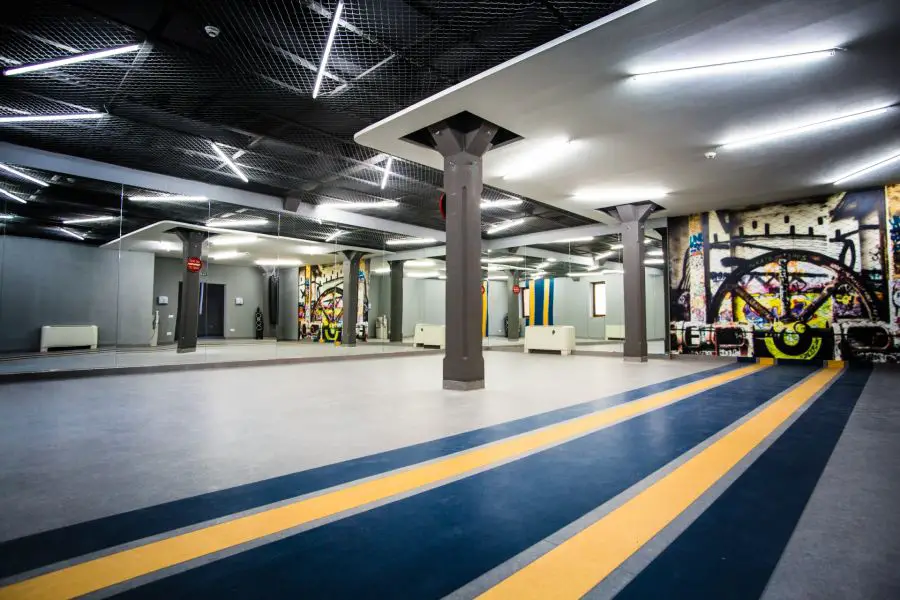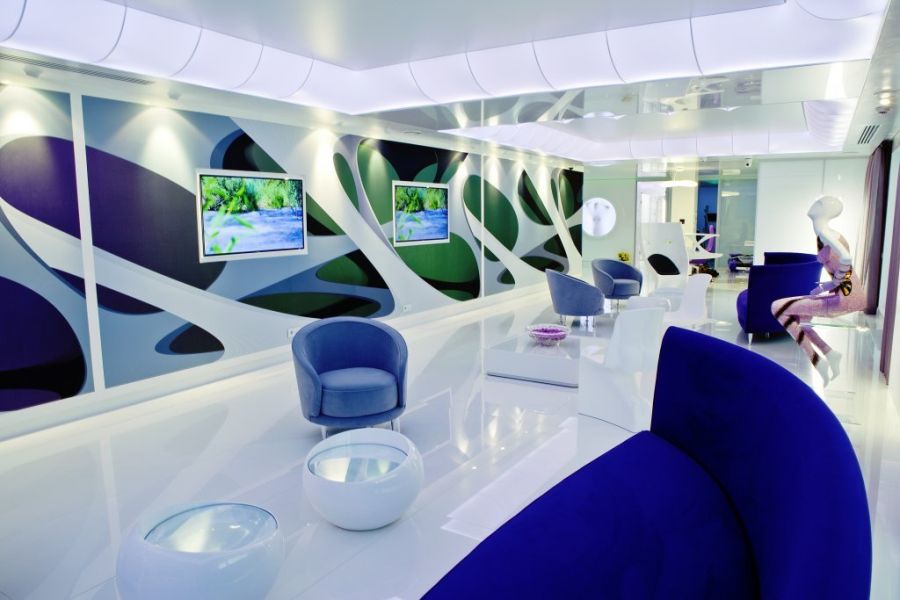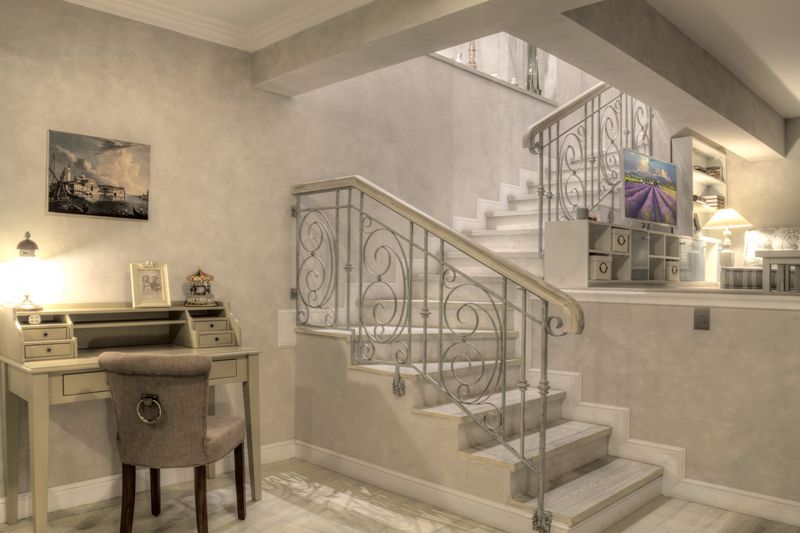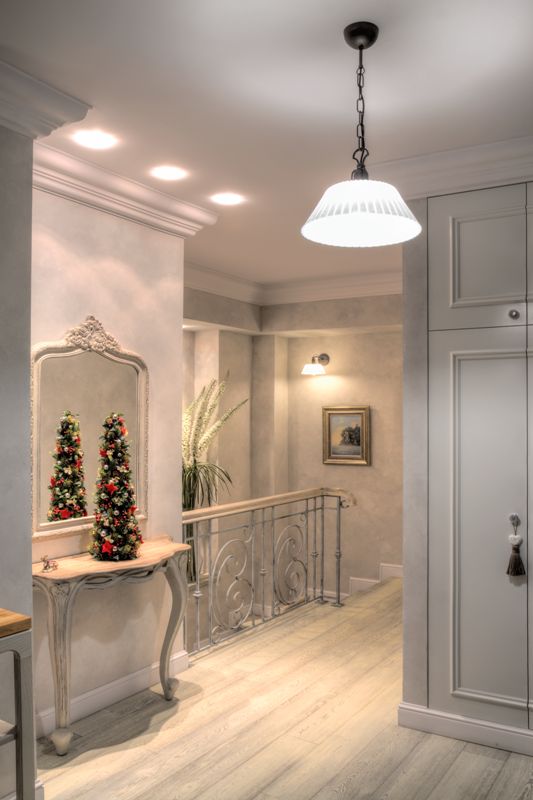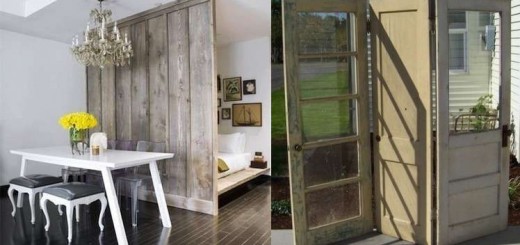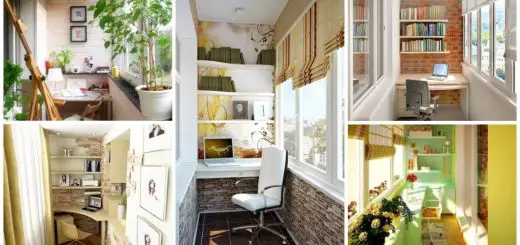INTERVIEW: „Hiring A Home Designer Saves Much Money And Time”
Cristina Florea is an architect and managing partner at Equilibrium Design, a studio specialized in residential interior design, offices and public spaces, with 14 years of experience. In an interview to Houzzbuzz.com, she speaks about her professional challenges, common mistakes people make in home decorations and hence the importance to rely on professional services.
Are the Romanians interested in professional home design ideas or continue to stick to their own solutions they have been used to so far?
Cristina Florea: It all depends on the beneficiary’s openness, especially if we look at residential design projects and, obviously, the size and the budget of the project. The owner of a small apartment will rarely consider turning to a home designer because his/her financial resources are limited, but we’ve had small sized projects when owners realized why they had to rely on a specialist. Also, the vaster the project and the more elaborate the design demands are, the greater the need for a specialist’s involvement is in order to get the sought result. Interior architecture is not simple, the level of details often come down to tiny measurements, and what a potential beneficiary has to understand is a specialist will help him/her in the end save important sums of money and time.
Which are the challenges of a home designer on a market still underdeveloped, marked by reticence towards new ideas?
When it comes to residential projects it all comes down to particular situations. In some cases, since we are talking about a personal project, it is difficult for the client to understand why an “outsider” has to come and design his living space. Well, I can lay out the following reasons: because an apartment/house has to have a unitary look, when it comes to small living spaces every inch has to be valued, if someone is looking for a special project, then it is not recommended that every piece in the house becomes a “statement” one because one risks turning his home into a furniture showroom and will never turn into a comfortable and pleasant space. Another important reason is the beneficiary’s understanding of the need to choose quality materials and finishes, which will also reflect in durability, financial savings in time and, ultimately, observing some design standards which will take the owner to the desired image. A great challenge is elaborating and implementing some low budget projects and striking a compromise mutually agreed with the client in terms of the selected pieces: cheaper chairs, but using a more expensive lighting fixture, for instance…
Which are the projects that have brought you the greatest professional satisfaction?
We have had many projects over time that have brought us this type of satisfaction. I could point to a residential project we are fond of and which we finalized last year. I am talking about redesigning a residential space in Baneasa (a fancy neighborhood in Bucharest), the collaboration with the client was excellent and the result was the one we counted on from the very beginning. Another similar project was designing the interior of the plastic surgery clinic S Clinic run by Dr Constantin Stan. Last year, too, we finalized the design of the new body remodeling center Revvolution – powered by Valentin Vasile. Also on the list we have a small apartment on Soseaua Nordului (an uptown area of the capital).
Which are the basic elements in interior design we all should take as guidelines in order to tastefully decorate our homes?
As I said earlier, the space has to come in a unitary image and also be functional. The chromatic range is equally important, these are the so-called tricks by means of which light colors and use of mirrors can give the feeling of a larger space.
Another basic idea is that spaces have to breathe: a simple and clean design exudes elegance, but is not banal at all. Too many decorative items and furniture pieces are not recommended. It all comes down to following a general stylistic direction: if we are inclined towards a certain home design style (mid-century, art deco, rustic etc), then one has to follow the general directions that define that respective style.
What are the frequent mistakes people make when trying to decorate their interiors without turning to a specialist?
First of all I would like to refer to technical mistakes: hiring independent teams of electricians, painters etc without someone having an overall vision of the whole project and without coordination of these teams. It is too late that owners discover undesired elements in visible spaces or installation lacking where they are needed the most. Coordination is essential in a home design project.
The architect first of all draws up a design concept (3D images that shows exactly what the space will look like at the end) and then the technical project made of a set of plans which lead to the lists of quantities of the necessary design items. These lists are the basic details that any builder or plumber can come up with an offer and are a very good control instrument as concerns the design costs.
Which are the home design trends for 2016?
The mid-century, the so-called art deco style, and the slightly reinterpreted Scandinavian style are still actual. Wood and nut tree plywood combined with bronze accents and structures, marble tops both for kitchens and dining rooms (especially calacatta marble), low “floating” sofas, natural material woven fabrics, accent pillows and uni-colored velvet tapestries.
